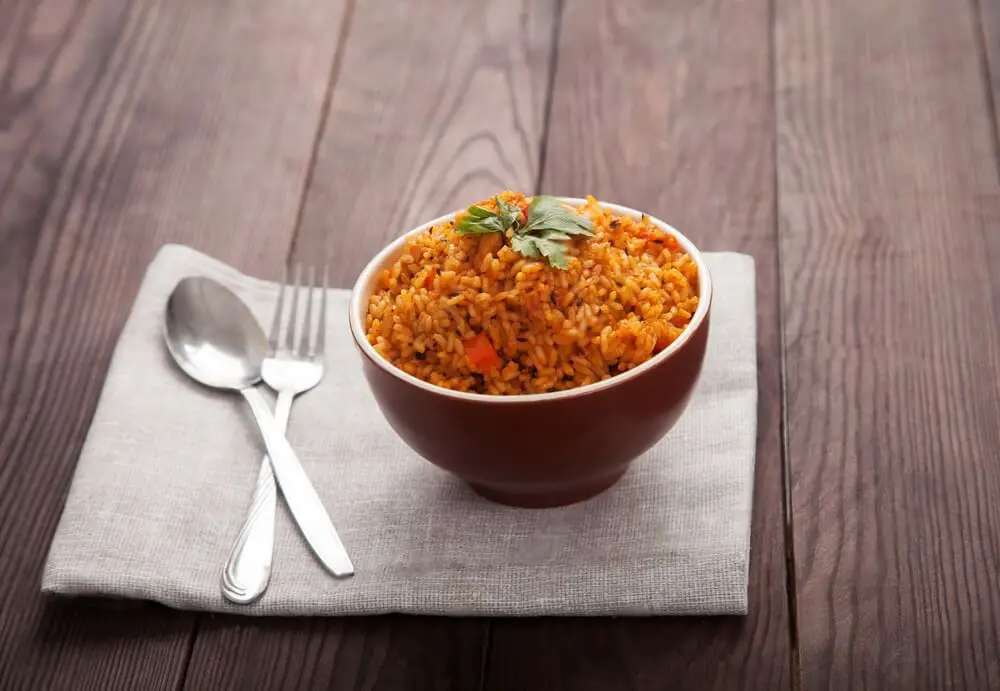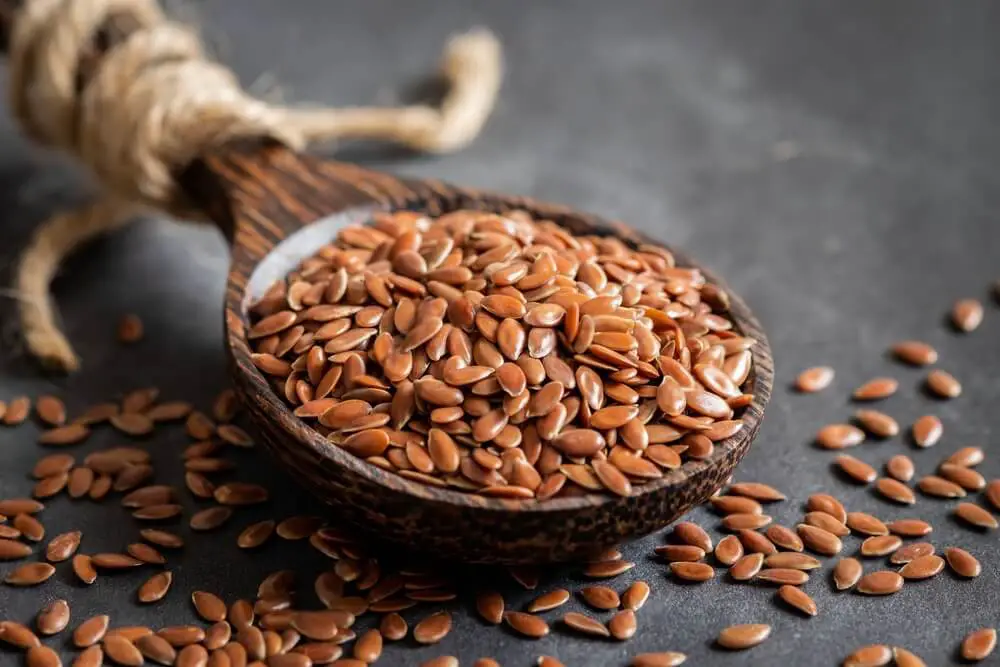If you’re a fan of West African cuisine, then you’ve probably had your fair share of Jollof rice. This beloved dish is a staple at gatherings, celebrations, and family dinners across the region. But have you ever wondered what makes the perfect Jollof rice? The answer lies in the type of rice you use, and today, we’re diving deep into the world of Jollof rice to uncover the best rice for the job.
The Jollof Rice Conundrum
Jollof rice is more than just a meal; it’s a cultural icon. It’s a dish that sparks passionate debates and friendly rivalries among West African countries. Everyone claims to have the best recipe, the secret ingredient, or the most authentic version. But one thing is for sure – the type of rice you choose can make or break your Jollof rice experience.
So, what’s the best rice for cooking Jollof rice? Well, that’s a question with more layers than a well-cooked pot of Jollof. Let’s explore some of the top contenders in the rice world and see how they stack up in the Jollof rice arena.
Parboiled Long Grain Rice: The Classic Choice
Let’s start with the classic – parboiled long grain rice. If you’ve ever had Jollof rice, chances are it was made with this trusty variety. Parboiled rice goes through a unique process before its husk is removed. It’s soaked, steamed, and dried, allowing it to absorb more nutrients from the bran. The result? Non-sticky, separate grains of rice that hold up beautifully in your Jollof creation.
The beauty of parboiled long grain rice is its reliability. It’s readily available, easy to cook, and delivers consistent results. Plus, its neutral flavor allows the rich and vibrant Jollof sauce to shine.
Pro tip: For the perfect Jollof rice, wash your parboiled rice thoroughly before cooking to remove excess starch and prevent clumping.
Basmati Rice: Fragrant Elegance
Now, let’s venture into the world of fragrant elegance – Basmati rice. Known for its slender grains and aromatic qualities, Basmati rice adds a touch of sophistication to your Jollof rice experience. This long-grain variety, grown in India, has the power to elevate your dish to new heights.
When cooked to perfection, Basmati rice grains swell up, becoming even longer and more enticing. The result? A Jollof rice that not only tastes divine but looks incredibly appealing. The distinct aroma of Basmati rice adds a layer of complexity to your dish, making it a favorite among connoisseurs.
Pro tip: Soak Basmati rice for 30 minutes before cooking to ensure the grains cook evenly and fluff up beautifully.
Jasmine Rice: Sticky Sweetness
If you’re looking for a slightly stickier Jollof rice experience, Jasmine rice might be your go-to choice. This long-grain white rice variety has a unique sticky quality that sets it apart. When cooked, Jasmine rice grains tend to stick together, allowing you to mold them into shapes if you’re feeling artistic.
Jasmine rice can lend a different texture to your Jollof rice, making it a delightful option for those who enjoy a bit of cohesiveness in each mouthful. It pairs well with the bold flavors of the Jollof sauce, creating a harmonious blend of tastes and textures.
Pro tip: Rinse Jasmine rice thoroughly before cooking to remove excess starch and reduce stickiness if desired.
Brown Rice: The Nutrient Powerhouse
If health is a top priority for you, consider using brown rice for your Jollof creation. Brown rice is the unsung hero of the rice world when it comes to nutrition. Unlike white rice, it retains its bran layer, which is packed with nutrients and fiber. This means you’re not only indulging in delicious Jollof rice but also giving your body a nutrient boost.
Brown rice offers a nuttier flavor and a chewier texture compared to its polished counterpart. It’s an excellent choice for those who appreciate a heartier and more wholesome Jollof rice.
Pro tip: Brown rice may require slightly longer cooking times than white rice, so be patient and let it soak up all the flavors of your Jollof sauce.
Ofada Rice: The Local Hero
Last but not least, we have Ofada rice, also known as unpolished rice. This short-grain variety is native to Africa and is traditionally enjoyed with Ofada stew. However, if you’re feeling adventurous, why not use it to create a unique Jollof rice experience?
Ofada rice retains some of its bran, giving it a distinct nutritional advantage. It’s stickier in texture, making it perfect for molding and shaping your Jollof rice into individual servings. The added bran also means more fiber and nutrients in your dish.
Pro tip: Experiment with Ofada rice to create a Jollof rice variation that pays homage to local flavors and traditions.
Conclusion: The Best Rice for Your Jollof Journey
In the world of Jollof rice, the choice of rice is a deeply personal one. Each variety offers a unique experience, from the classic appeal of parboiled long grain rice to the fragrant elegance of Basmati, the sticky sweetness of Jasmine, the nutrient powerhouse of brown rice, and the local charm of Ofada.
So, what is the best rice for cooking Jollof rice? It depends on your preferences and the story you want to tell through your dish. Whether you opt for tradition, sophistication, or a touch of adventure, the key to perfect Jollof rice is mastering the art of cooking your chosen rice to perfection.
Remember, there are no strict rules in the world of Jollof rice. Embrace the diversity of rice varieties and create your signature Jollof masterpiece. The journey is just as delicious as the destination. Happy cooking!



